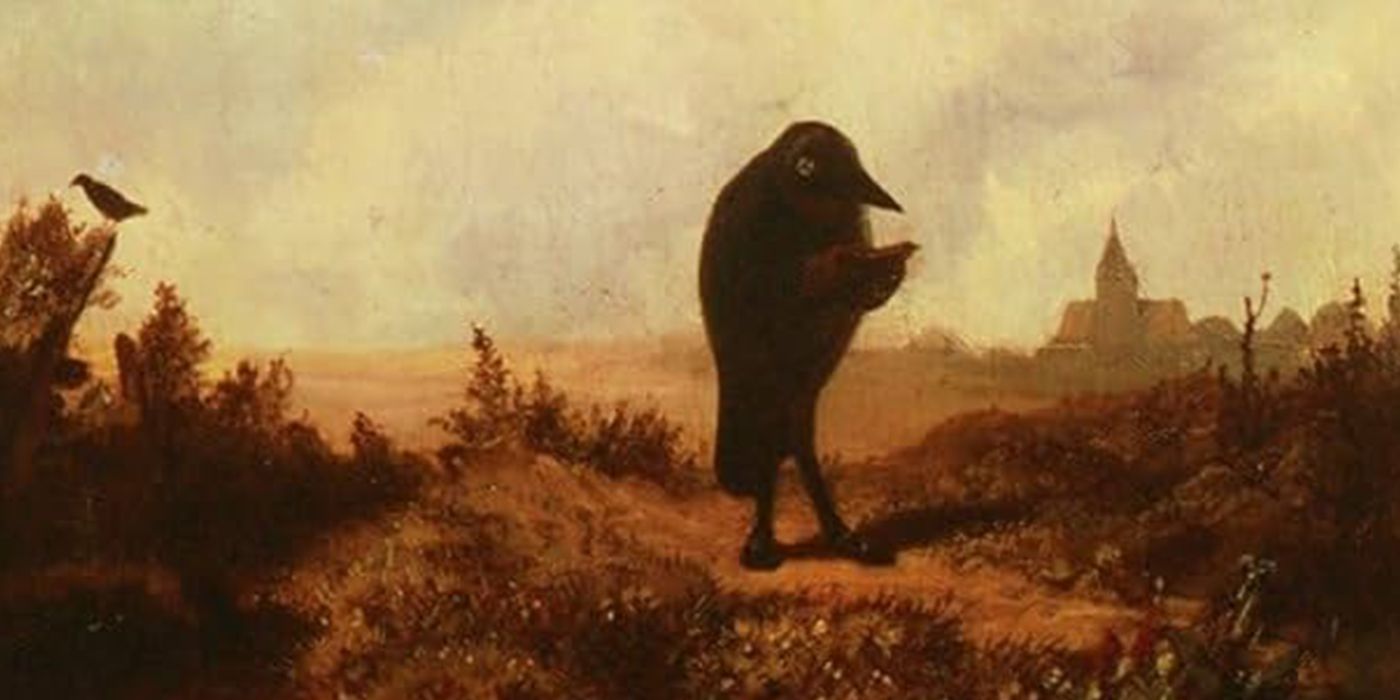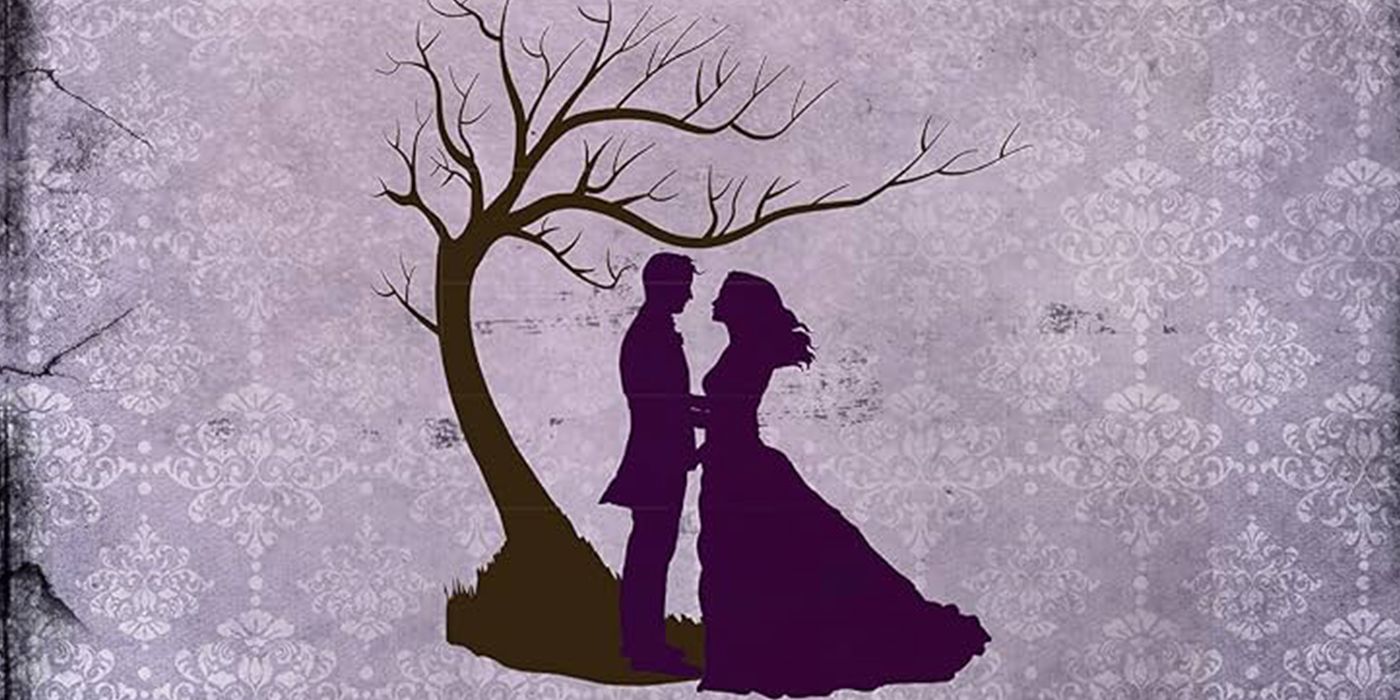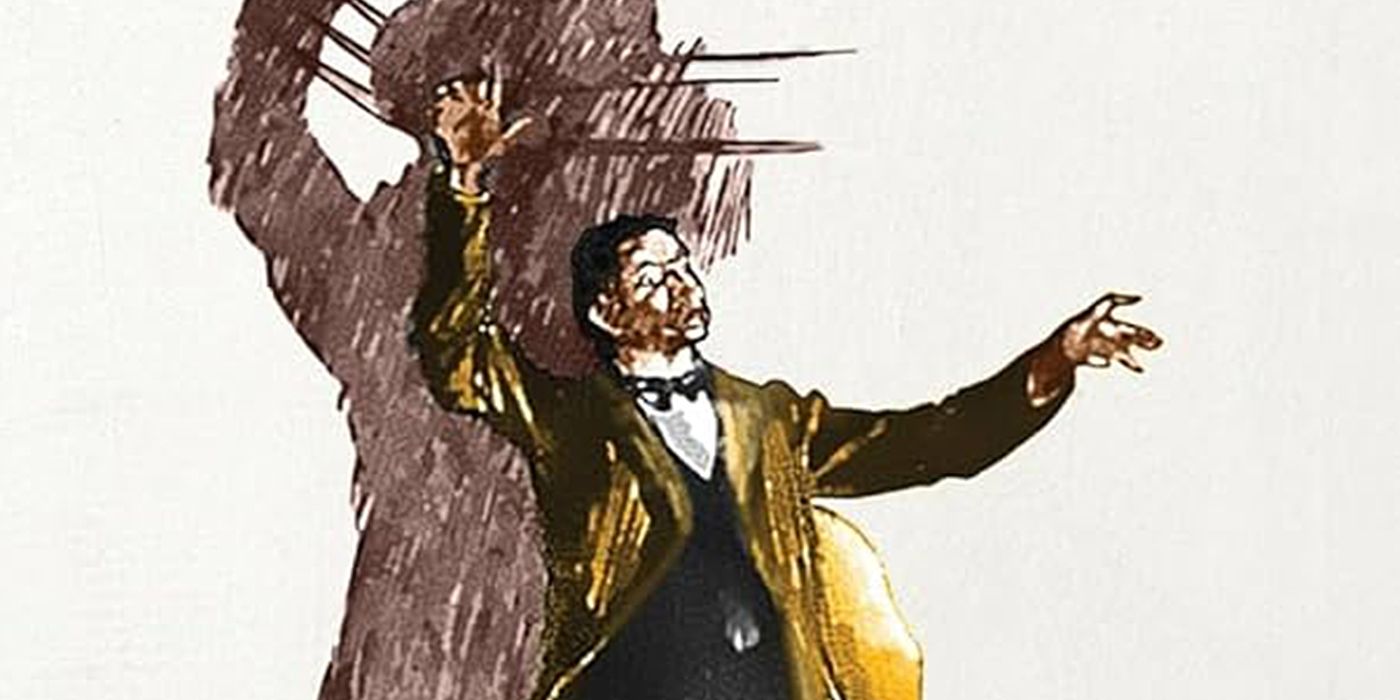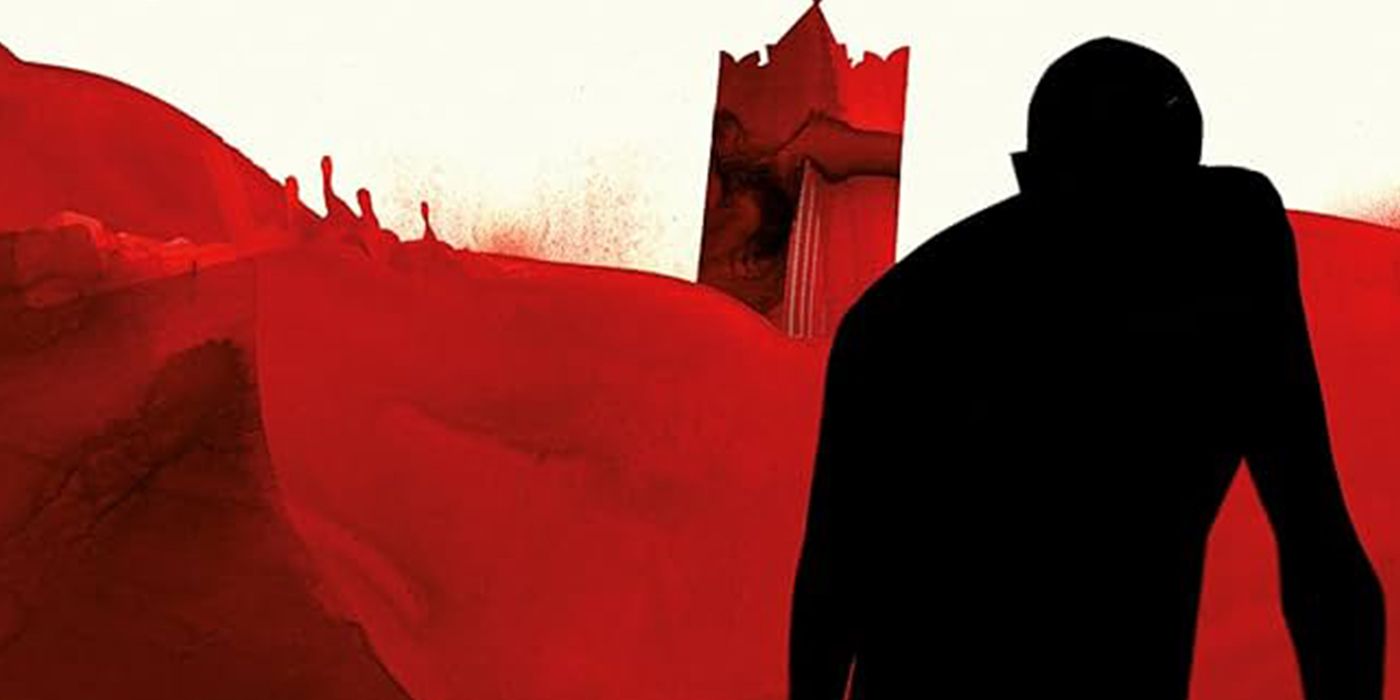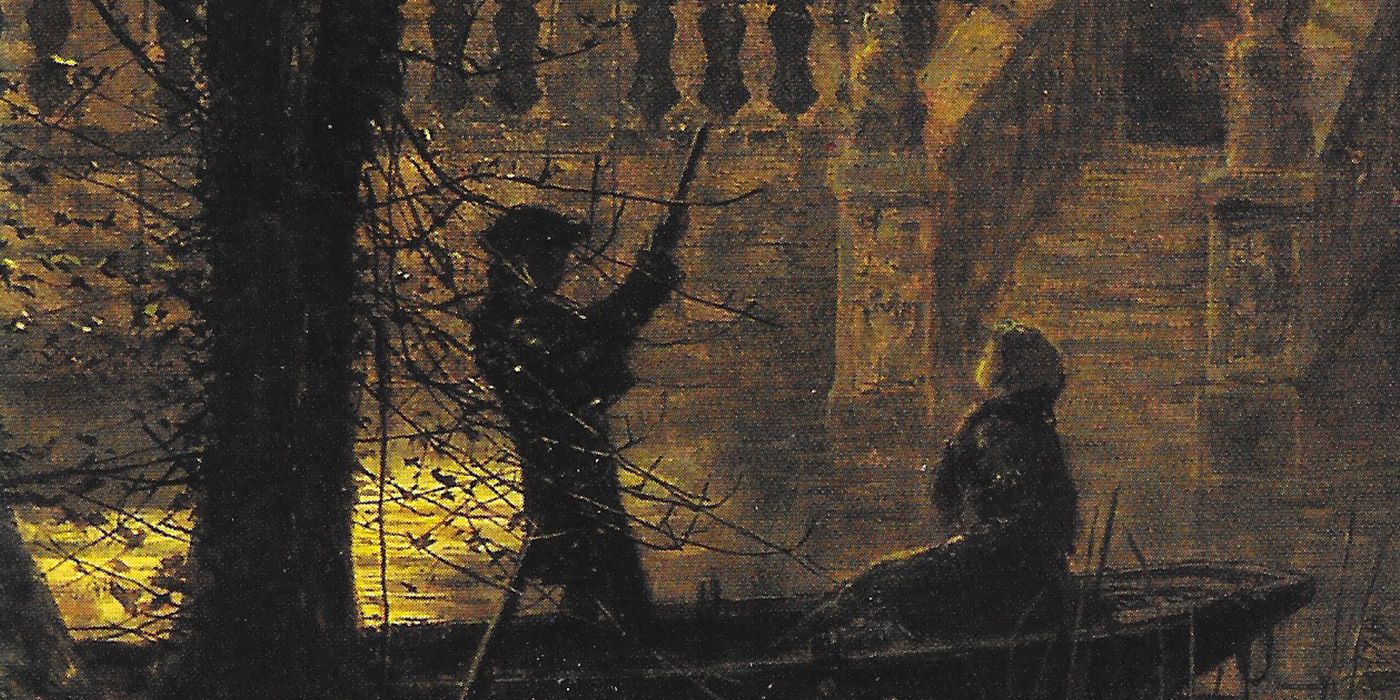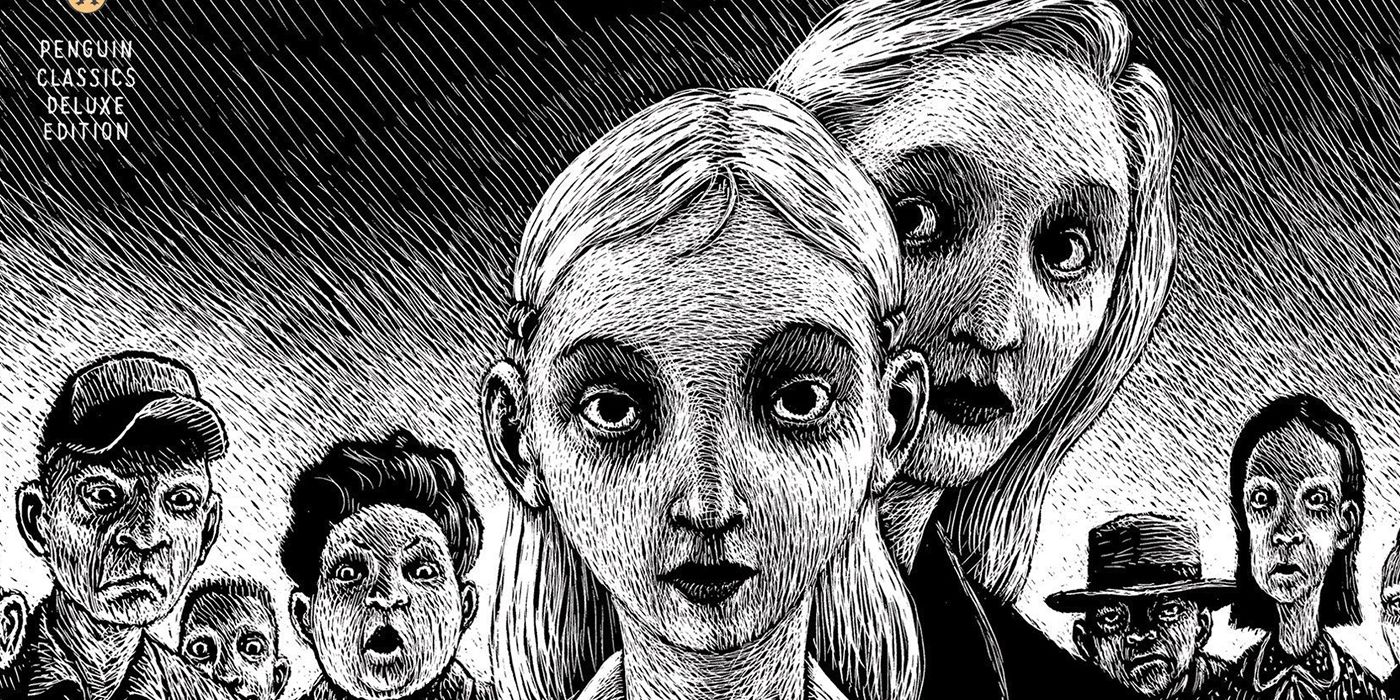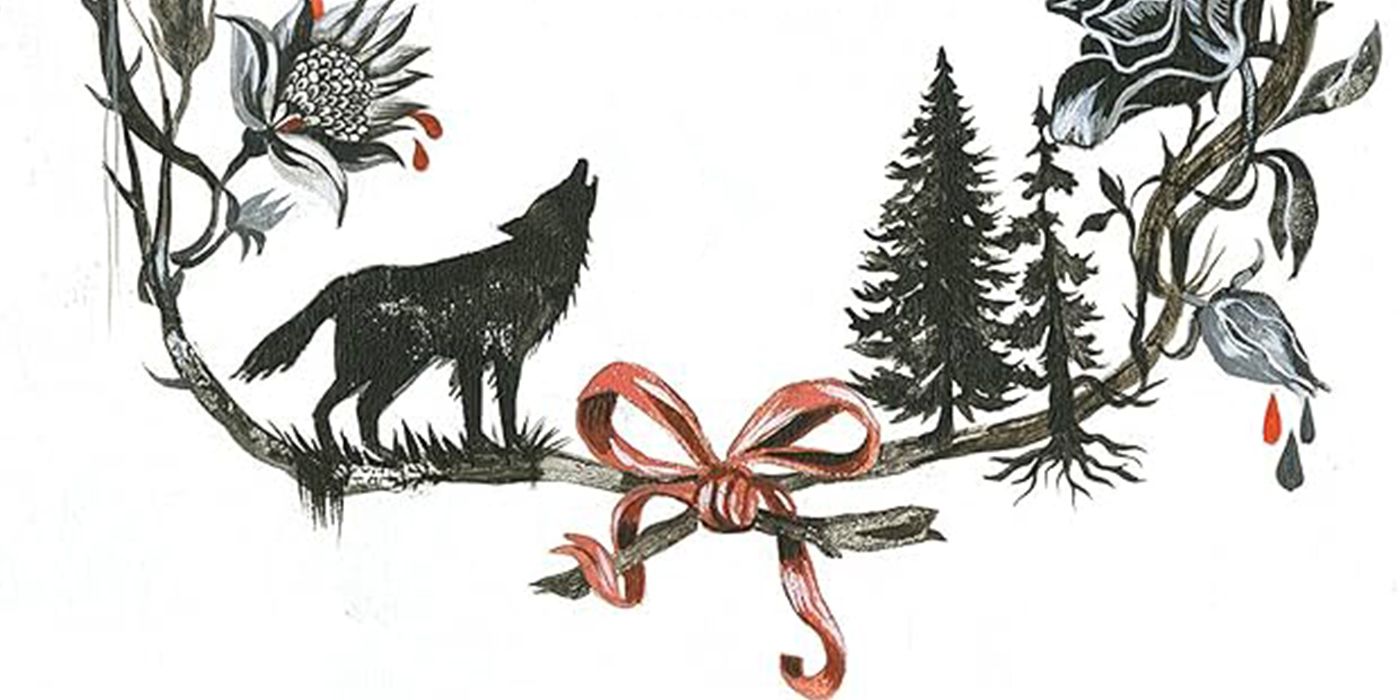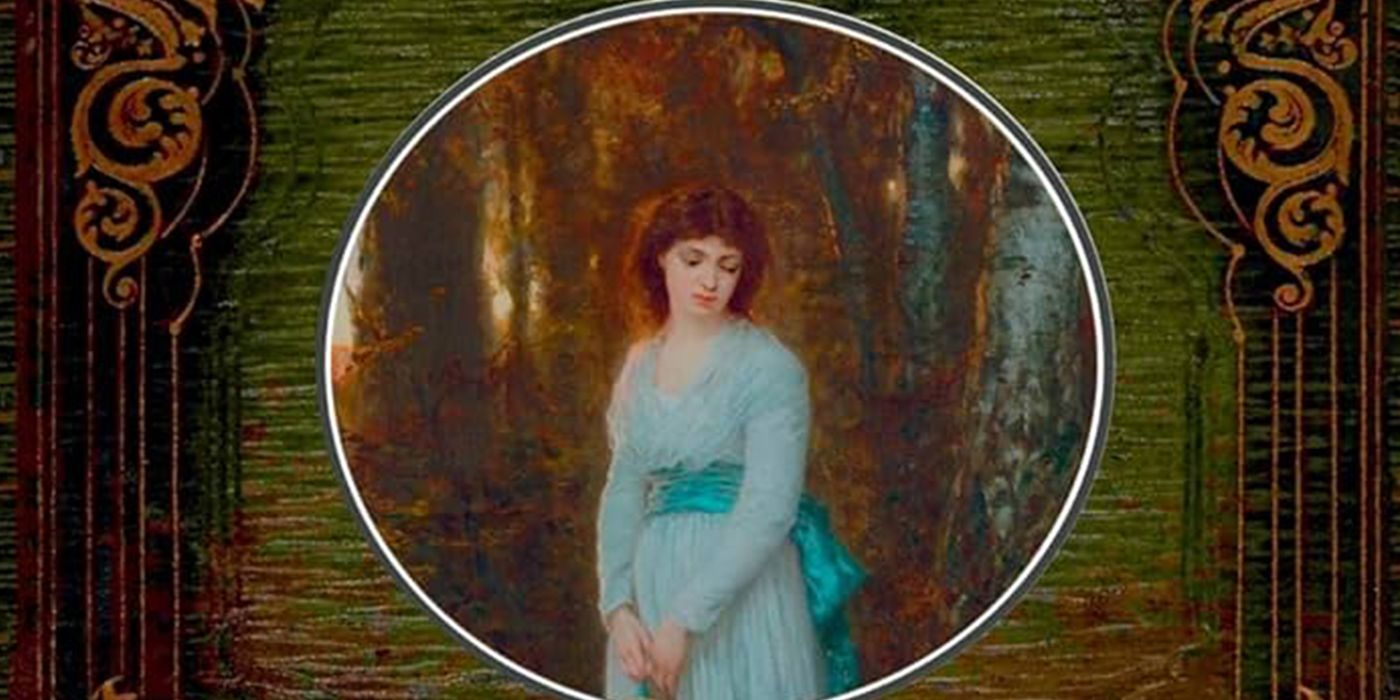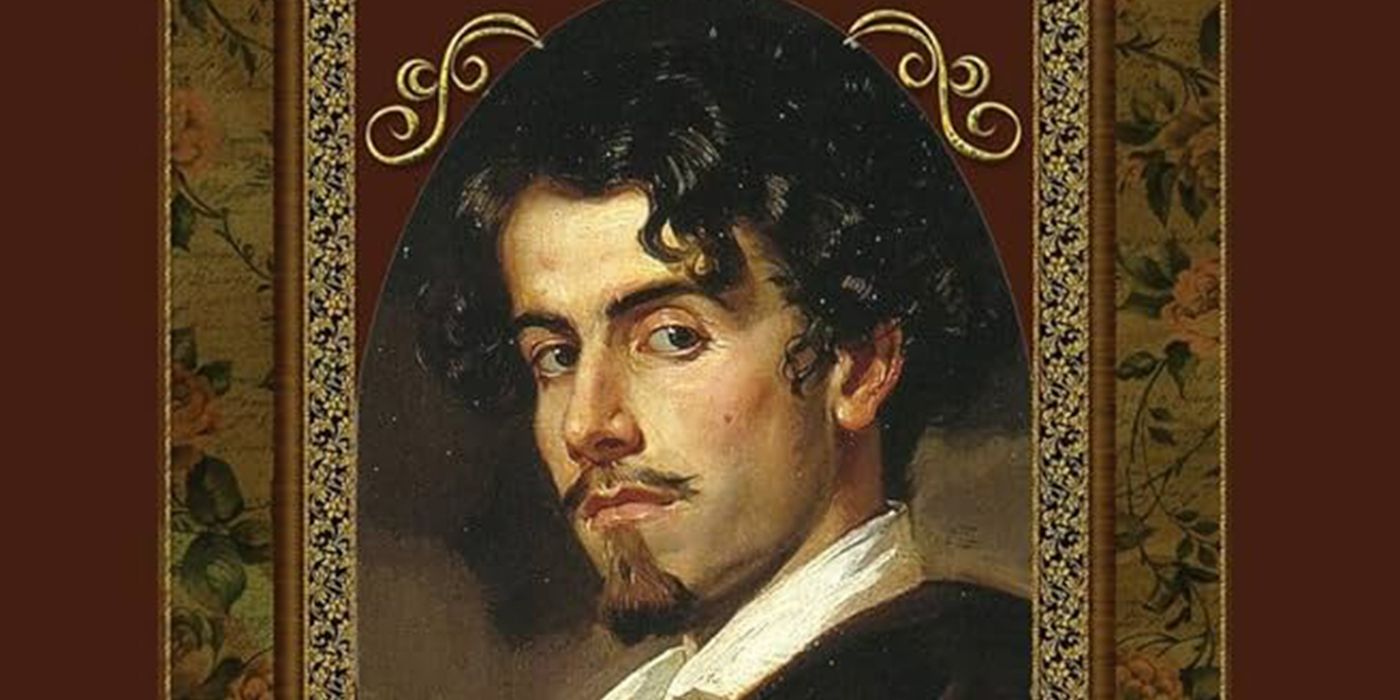Warning: This article discusses topics of violence, death, and sexual matters.
Gothic books and short stories are an important part of literary history, and several are defining titles in the genre. The term is often vague, but at its core, gothic stories spark fear in a reader. However, this doesn’t necessarily mean horror, either. A lot of terrifying books that aren’t classified as horror come under gothic because of their haunting themes.
Gothic narratives can be identified in several ways. For example, being set in an eerie and cold location like a castle, presenting a supernatural or paranormal threat, or delving into the inner workings of a character’s psyche. Many of these classic books and short stories have inspired the best gothic horror movies and TV shows, too, although the original literature will forever be stand-outs.
10 Frankenstein (1818)
Written By Mary Shelley
Mary Shelley’s Frankenstein is the original science fiction story, and her incredible novel is typically considered the launching point of the genre. The creation of Victor Frankenstein’s monster has inspired literature and broadcast media hugely over the years, and there are also two upcoming Frankenstein films due for a 2025 release.
Frankenstein is a stand-out title in Gothic literature because of its eerie imagery and haunting narrative, but mainly because of the titular character’s iconic experiment. Shelley’s breakthrough novel introduces the monster as a figure that represents an ethical debate over who deserves to hold the power of life in their hands.
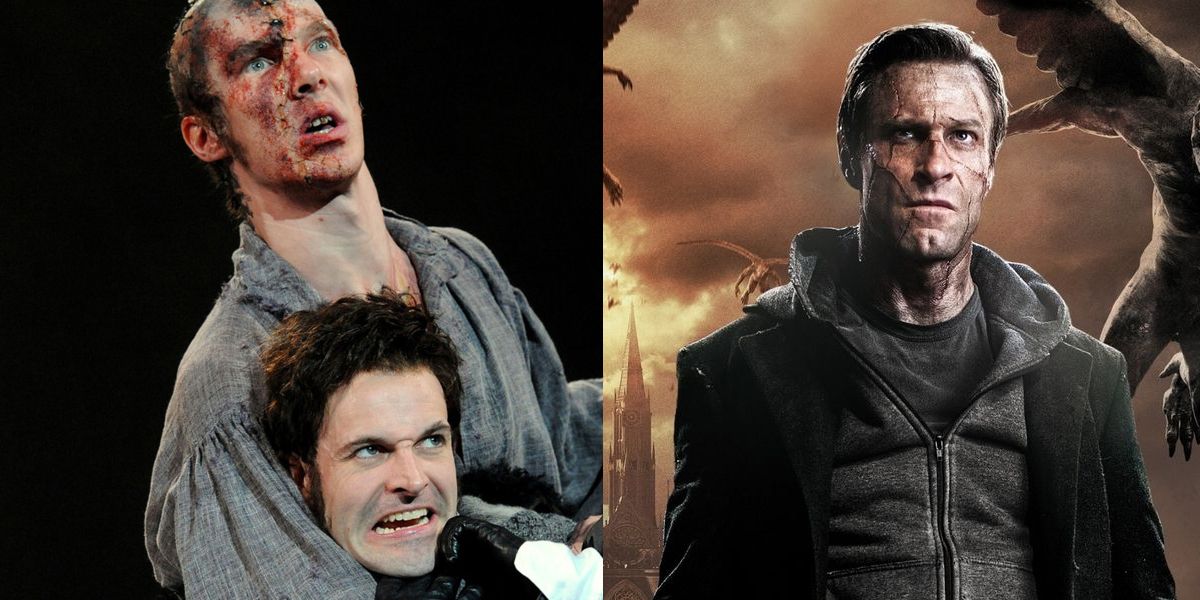
Related
Frankenstein: 5 Most Accurate Versions Of The Monster (& The 5 Least)
Frankenstein’s Monster is a classic monster in Gothic fiction and horror, but not every version of him accurately represents Mary Shelly’s book.
Even though the monster is supposed to be feared, he is also plagued with a consciousness he never asks for, a prominent quality in the most iconic portrayals of Frankenstein’s monster in horror movies. Frankenstein and its monster are both staples of the gothic and sci-fi genres, and they’re so notable that there are even comedy takes on the story, like Weird Science, for example.
9 The Tell-Tale Heart (1843)
Written By Edgar Allan Poe
Many Netflix audiences are familiar with Edgar Allan Poe’s The Fall of the House of Usher, a TV show based on several of his novels and poems, including arguably his most famous work, The Tell-Tale Heart. The Tell-Tale Heart is a powerful and horrific tale about an unnamed man slowly losing his sanity as he recounts murdering his neighbor and burying the old man’s remains under the floorboards, only to constantly hear the thumping of a heartbeat.
Poe’s language and imagery are stunning throughout the short story, and he builds up a tense and unsettling atmosphere with every line. The Tell-Tale Heart is a brilliant gothic story because the narrator’s psyche is so erratic that it’s hard to know what to believe, and the shocking details of how he dismembers his neighbor and is then tortured by a noise in his head are very horror-coded. Edgar Allan Poe has inspired several horror movies, but this particular title is memorable because of how unsettling its narration is.
8 Wuthering Heights (1847)
Written By Emily Brontë
Wuthering Heights by Emily Brontë is a defining title in both gothic literature and romanticism, and the heartbreaking yet strange love triangle between Cathy, Heathcliff, and Edgar proves this. There are multiple Wuthering Heights adaptations worth watching, too, each of which offers a unique take on the Earnshaws and Lintons growing up around the Yorkshire Moors and grappling over choosing love and social status.
The romance between Cathy and Heathcliff, and later Edgar, is even more impactful across the generations. The non-linear narrative adds detailed layers to Heathcliff’s point of view, especially.
It’s quite creepy when Heathcliff digs up Cathy’s grave and embraces her decaying corpse, but this also represents his never-ending love for her in life and death, which is a rather gothic image. The Emily Brontë biopic Emily, which is partially fictional, delves into the author writing Wuthering Heights, and it’s definitely worth checking out for a better understanding of how her novel changes the gothic genre.
7 Strange Case Of Dr Jekyll And Mr Hyde (1886)
Written By Robert Louis Stevenson
Robert Louis Stevenson’s novella Strange Case of Dr Jekyll and Mr Hyde is a fascinating take on the classic good versus evil story. The unsettling events of the book focus on Jekyll’s attempts to keep his unhinged side at bay, although this often fails, and the two sides of the man’s personality are at constant war with one another.
Jekyll’s laboratory is a great Gothic setting, as it is where he concocts the serum to try and stop the inner demon of Hyde from taking over. Stevenson’s work has resulted in several Jekyll and Hyde movies and TV shows but with some interesting twists.
For example, the BBC series stars James Nesbitt as a descendant of Jekyll, whereas the 2023 Hammer title Doctor Jekyll gender swaps its villain. Strange Case of Dr Jekyll and Mr Hyde is a fantastic narrative that delves into deep psychological themes, but it also sparks fear in its readers, mainly as Jekyll cannot physically or mentally escape his worst enemy.
6 Dracula (1897)
Written By Bram Stoker
Dracula is one of the most notable vampire stories ever, and Bram Stoker’s characters are iconic literary figures that have transcended the source material. The best Dracula movies are only possible because of Stoker’s 1897 novel, which follows solicitor Jonathan Harker staying at the castle of the titular Count.
Stoker describes the vampire’s Transylvanian home as extremely gothic, from its architecture to its interior decoration, which sets up an eerie tone. Everything about the location is dark and layered in gothic imagery.
Dracula
is one of the most notable vampire stories ever, and Bram Stoker’s characters are iconic literary figures that have transcended the source material.
Of course, Van Helsing’s attempts to stop the Count are barbaric and the perfect content for creating some of the best monster movies of all time. Dracula is an integral title in Gothic literature, especially as it is one of the earliest pieces to depict vampires as eternally youthful rather than as a husk of what once was a person.
5 The Turn Of The Screw (1898)
Written By Henry James
Henry James’ The Turn of the Screw is an amazingly scary classic horror novella. The ghost story follows Miles and Flora’s new Governess, who believes that the children’s home is haunted when she spots two enigmatic figures appear throughout the grounds of the large country estate.
The Turn of the Screw highlights themes of class and gender, especially through the treatment of the two siblings. There is still some debate over whether James’ novella counts as Gothic fiction, but literature is often a matter of opinion, and many consider it to be because of its references to titles like Jane Eyre and The Mysteries of Udolpho.
The supernatural elements of the story are jarring, and even though they don’t appear directly threatening, they are absolutely dangerous and deadly, as proved by the piece’s shocking climax and the many The Turn of the Screw adaptations, like The Haunting of Bly Manor.
4 We Have Always Lived In The Castle (1962)
Written By Shirley Jackson
Shirley Jackson is best known for titles like The Haunting of Hill House, but an even more gothic-esque work of hers is We Have Always Lived in the Castle. The final novel from the late Jackson’s writing career is an astounding mystery tale that focuses on sisters Merricat and Constance and their lives after the suspicious deaths of their family.
The pair lives with their uncle in a towering stately home on the outskirts of a local village, a very gothic setting. Even the characterizations are quite gothic, too, and Constance’s agoraphobia is comparable to the likes of Miss Havisham from Great Expectations, another legendary gothic figure from literature.
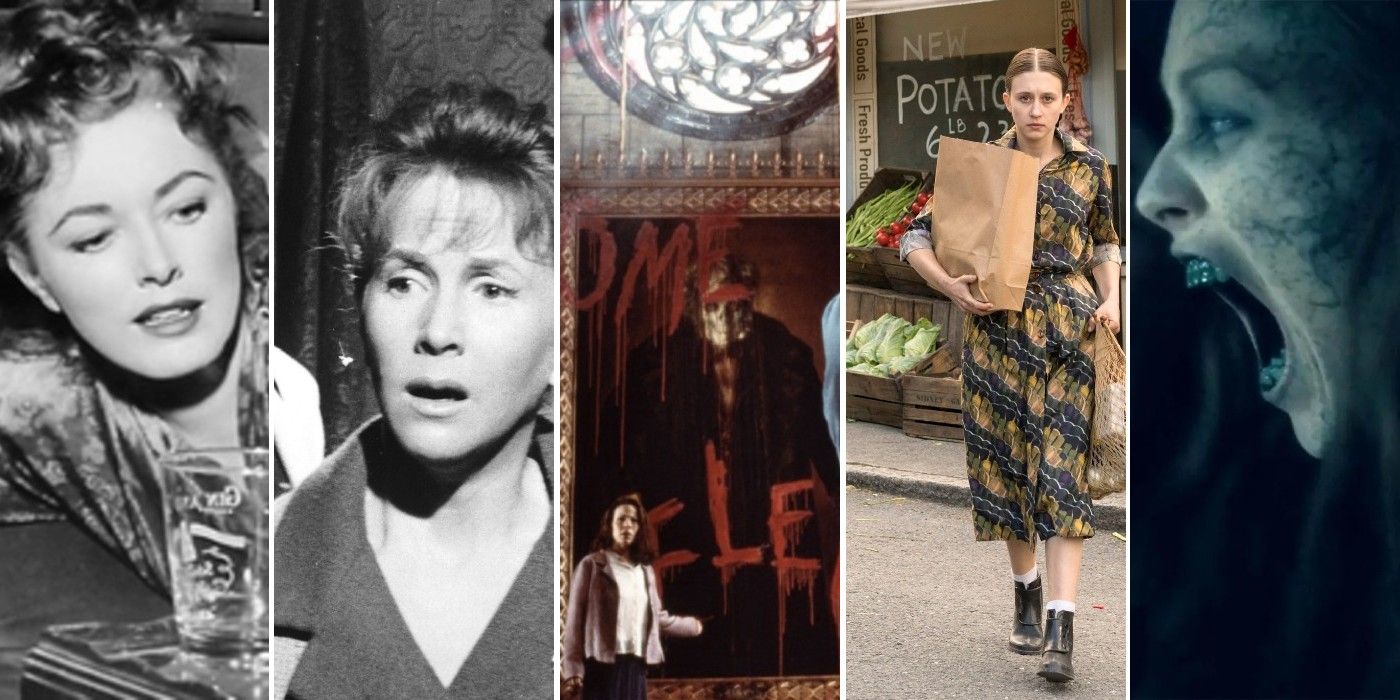
Related
Shirley Jackson Adaptations Ranked, Worst to Best
Shirley Jackson’s stories have shocked and horrified audiences since the mid-20th century. Here are all of Jackson’s adaptations ranked.
The novel’s themes of isolation and madness are prominent throughout, and Merricat’s disturbed mindset and fantastical powers are a great reflection of this. We Have Always Lived in the Castle is a perfect horror book to read in the fall, rife with tension and suspense that are also ideal qualities in gothic literature.
3 The Bloody Chamber (1979)
Written By Angela Carter
The Bloody Chamber, the titular entry in Angela Carter’s 1979 publication of short stories, is a gothic interpretation of the French folktale Bluebeard. The piece is narrated by the recent teenage bride of a rich nobleman, whose three previous wives have all died under unusual circumstances.
The Bloody Chamber themes of innocence and sexuality are directly connected to its gothic label, especially the imagery of a white lily. The narrator loses her virginity surrounded by the flower, and later, she discovers that they are also linked to the deaths of the Marquis’ late spouses.
The Bloody Chamber also uses a lot of gruesome and twisted visuals that represent control, such as the Marquis’ pornography collection and his disturbing makeshift memorials for his wives’ corpses. Carter’s iconic short story could easily be a fantastic folk horror movie, but surprisingly, this specific short story has yet to be adapted for the screen.
2 The Romance Of The Forest (1791)
Written By Ann Radcliffe
The Romance of the Forest by Ann Radcliffe beautifully combines romance and terror to create a fascinating gothic tale. The book focuses on a young woman, Adeline, who is forced to join Monsieur Pierre de la Motte and his wife, who flee Paris to escape their creditors.
Adeline fits the description of a damsel in distress, but she is also compassionate and strong when needed, and the relationships she forms with various characters highlight this. Her various suitors, and those she also falls for, make Adeline a highly sought-after heroine.
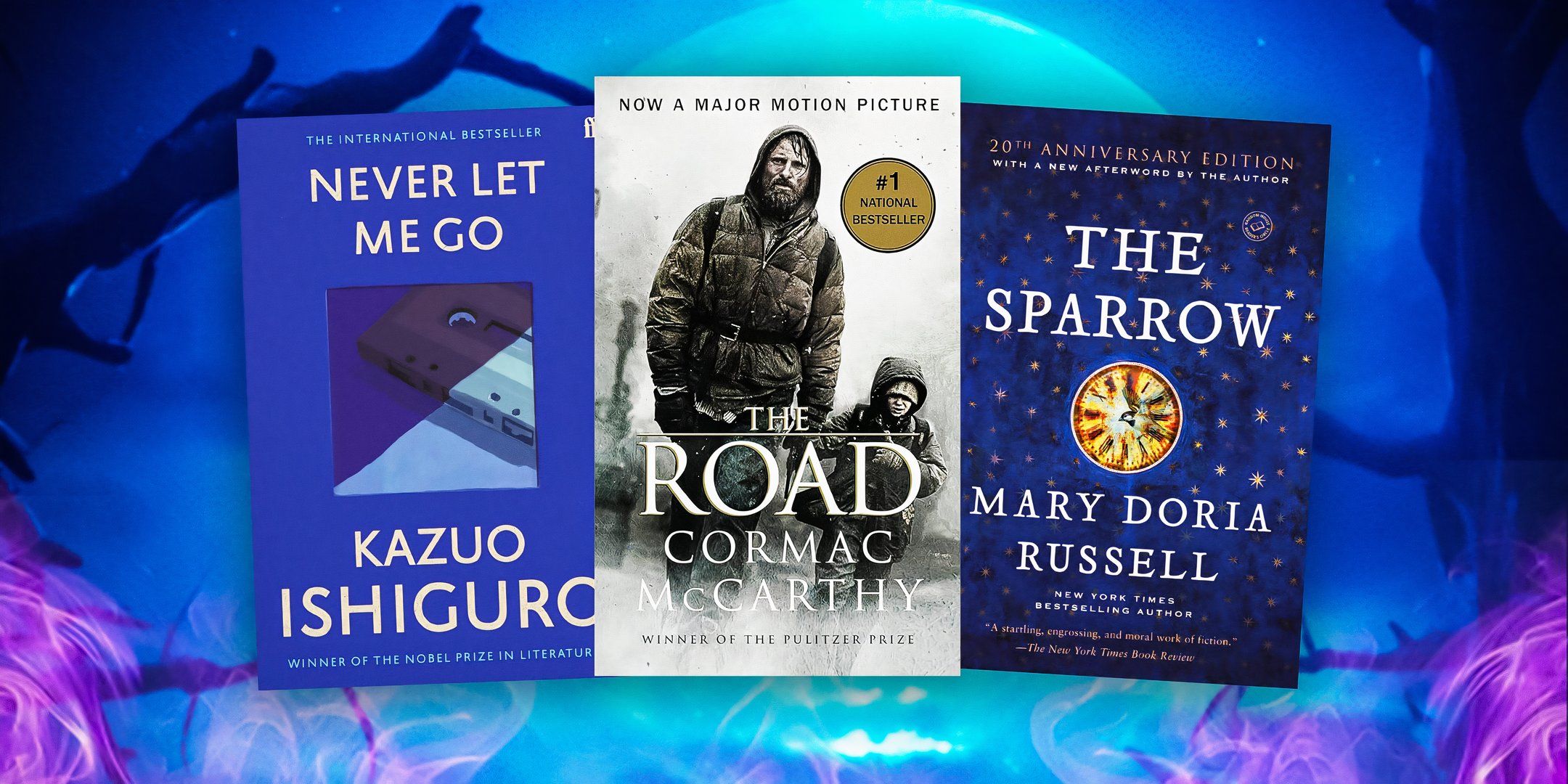
Related
10 Terrifying Books That Aren’t Classified As Horror
Horror literature has a hold on scary stories, but there are also plenty of books from other genres that consistently terrify readers without fail.
A majority of The Romance of the Forest takes place in a desolate and crumbling abbey, surrounded by a remote forest, an eerily gothic setting that encapsulates the book’s tone well. The Romance of the Forest’s aesthetic, both in its descriptions and characterizations, is very gothic, but its love story doesn’t impact this.
1 The Picture Of Dorian Gray (1891)
Written By Oscar Wilde
The Picture of Dorian Gray is a fabulous gothic read from the mind of legendary writer Oscar Wilde, and it is the only full-length novel from the author, too. The story focuses on a portrait of the titular character, who sells his soul so that the image of beauty will fade, rather than his own actual appearance.
|
The Picture Of Dorian Gray |
|
|
Goodreads Rating |
4.1 |
The Picture of Dorian Gray is creepy and strange, and as Dorian lives an endless life, the portrait starts to reflect his various wrongdoings. Upon release, The Picture of Dorian Gray wasn’t considered Gothic literature, but opinions surrounding this have changed in recent years.
The Picture of Dorian Gray
is creepy and strange, and as Dorian lives an endless life, the portrait starts to reflect his various wrongdoings.
The idea of Dorian having an alter ego has been compared to Dr Jekyll and Mr Hyde, and the novel’s themes of sinfulness and gluttony are two core elements of the gothic genre. Adaptations of it are minimal, and the titular character has been interpreted in a few ways. For example, the book Dorian Gray is different compared to Penny Dreadful, but the show still highlights why The Picture of Dorian Gray is such a defining title in gothic literature.



